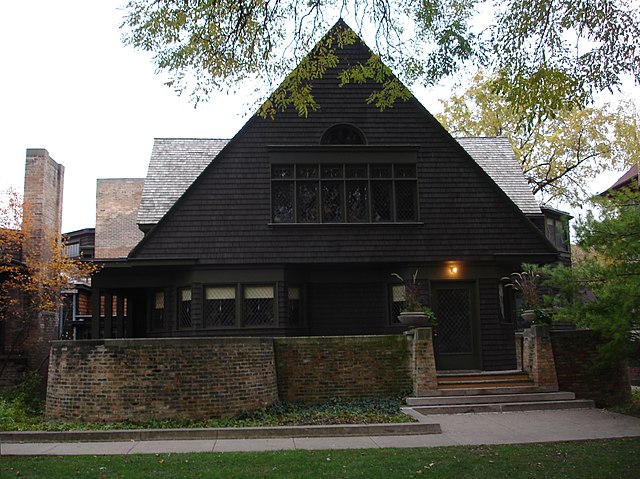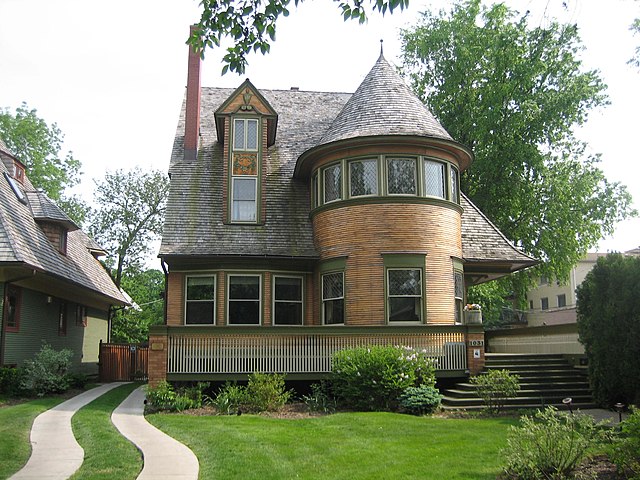Broadacre City was an urban or suburban development concept proposed by Frank Lloyd Wright throughout most of his lifetime. He presented the idea in his book The Disappearing City in 1932. A few years later he unveiled a very detailed twelve-by-twelve-foot scale model representing a hypothetical four-square-mile (10 km2) community. The model was crafted by the student interns who worked for him at Taliesin, and financed by
Edgar Kaufmann. It was initially displayed at an Industrial Arts Exposition in the Forum at the Rockefeller Center starting on April 15, 1935. After the New York exposition, Kaufmann arranged to have the model displayed in Pittsburgh at an exposition titled "New Homes for Old", sponsored by the Federal Housing Administration. The exposition opened on June 18 on the 11th floor of Kaufmann's store. Wright went on to refine the concept in later books and in articles until his death in 1959.
Sketches for the Broadacre City project by Frank Lloyd Wright
Frank Lloyd Wright Sr. was an American architect, designer, writer, and educator. He designed more than 1,000 structures over a creative period of 70 years. Wright played a key role in the architectural movements of the twentieth century, influencing architects worldwide through his works and mentoring hundreds of apprentices in his Taliesin Fellowship. Wright believed in designing in harmony with humanity and the environment, a philosophy he called organic architecture. This philosophy was exemplified in Fallingwater (1935), which has been called "the best all-time work of American architecture".
Wright in 1954
Wright's home in Oak Park, Illinois (1889)
The Walter Gale House in Oak Park, Illinois (1893). While a Queen Anne in style, it features window bands and a cantilevered porch roof which hint at Wright's developing aesthetics.
William H. Winslow House in River Forest, Illinois (1893)





